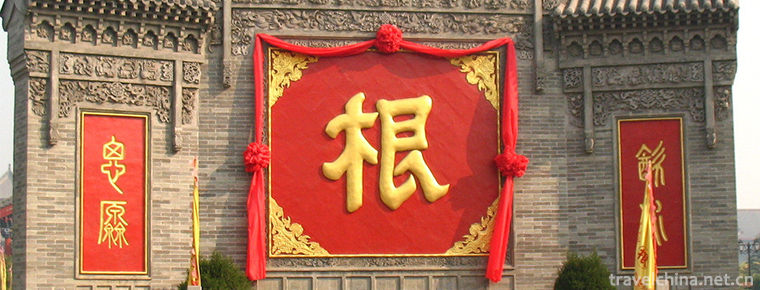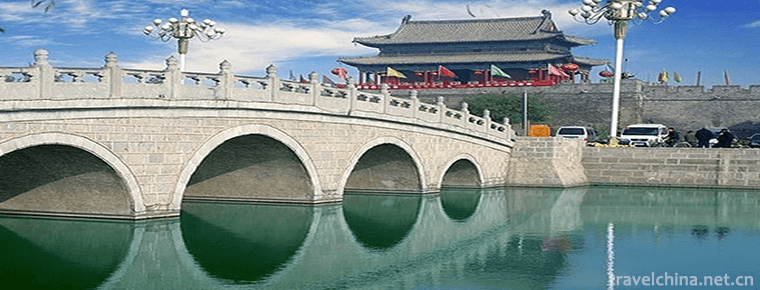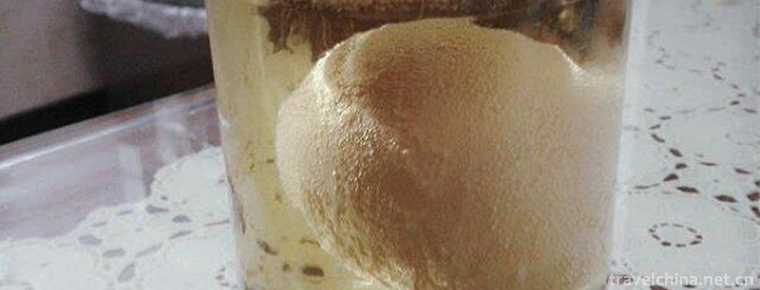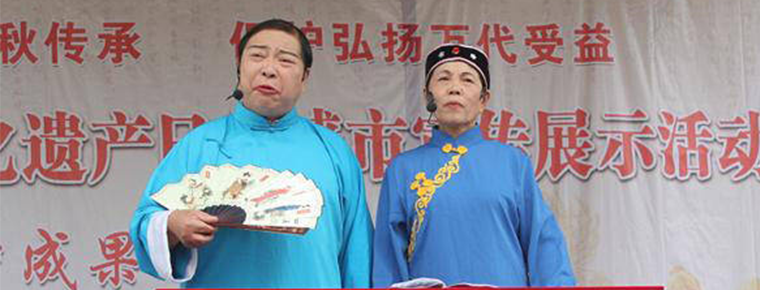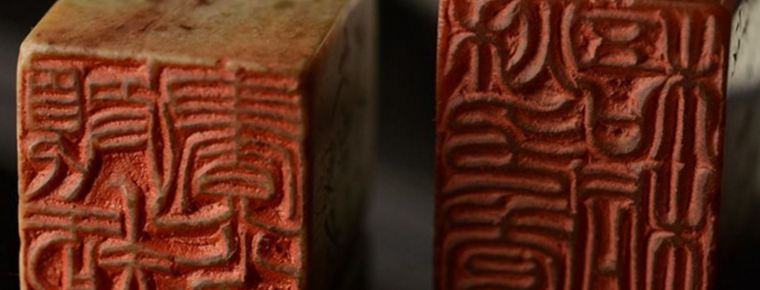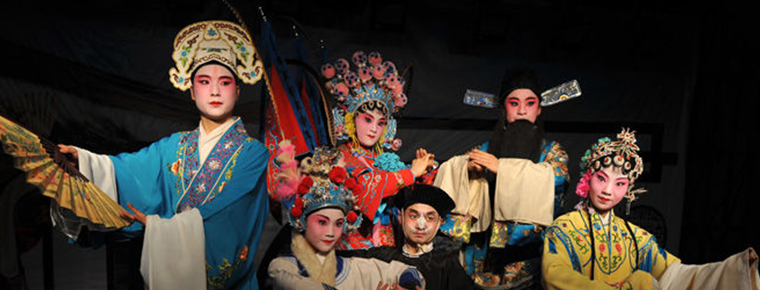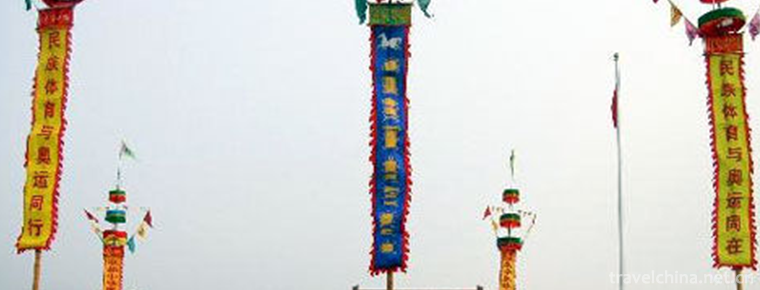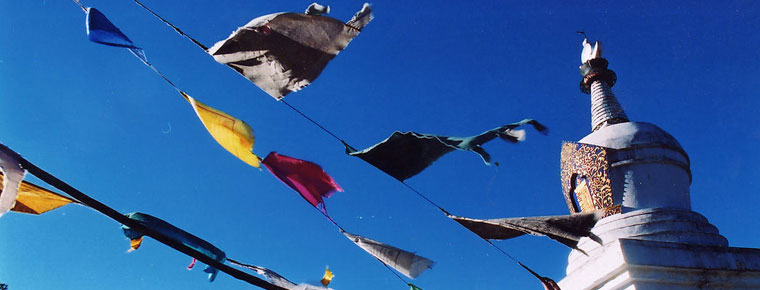Soil alkali firing technology
Soil alkali firing technology
Artemisia alkali firing soil and alkali technology, known to inherit five or six generations, has a history of more than 200 years.
On June 7, 2008, the soil-alkali firing system was approved by the State Council and listed in the second batch of national intangible cultural heritage list.
History
In 2007, Tian Xiyun, the inheritor of alkali-artemisia sintering soil-alkali technology in Xinhu farm, was invited to interpret the whole process of alkali-artemisia sintering soil-alkali technology in Xinhu farm, and the farm was made into TV and carved into CD-ROM for preservation.
According to historical records, Xinjiang has a dry climate and a high content of saline-alkali soil. A wild plant, Artemisia alkali, is alkali-tolerant, drought-tolerant, and has strong vitality. It spreads or flocks around the alkali lake and on the saline-alkali patches. It can form a pure community and is also a companion species of other halophyte communities. Local people found that Artemisia alkali can be used not only as firewood and retting fertilizer, but also as soil and alkali. Soil alkali can wash clothes, wash hands and remove grease stains. It can also be manually kneaded with noodles to make gray noodles. People can easily digest gray noodles when they eat them. Soil alkali can not be replaced by edible alkali sold in the market.
raw material
The tender seedlings of Artemisia alkali are commonly known as "wolftail (yx) bassiana", "Artemisia alkali", "Artemisia salina". Annual herbs have erect stems, cylindrical, 30-100 cm high. Flowers are solitary or 2-3 stalks clustered on the short stalks of axillary leaves, which are umbrella-shaped. The perianth is pentagonal star-shaped in fruit stage. They are typical halophytes. Artemisia alkali is salt-loving and humid, its stem and leaf are fleshy, and there is a large amount of water in the leaves, so it can endure temporary drought. The dormancy period of seeds is very short. When suitable conditions are met, seeds can germinate and grow quickly. When young, pigs eat less of their leaves, and cattle and horses generally do not eat. Seeds are rich in oil and can be used as soap and paint. It can be used in printing and dyeing, glass industry and raw materials of chemical industry.
Intangible cultural heritage
It has been handed down orally or by way of action by human beings. It has national historical accumulation and extensive and representative folk cultural heritage. It was once known as the "living fossil" of historical culture and the "background of national memory".
The biggest characteristic of intangible cultural heritage is that it is not separated from the special way of life and production of the nation, and it is the "living" manifestation of national personality and aesthetic habits. It is the most vulnerable part of the "living" culture and its tradition, which relies on human beings, expresses itself by means of voice, image and skills, and continues through the transmission of body and mouth as a cultural chain. The second Saturday in June is designated as "Cultural Heritage Day". So far, China has already had "Cultural Heritage Day", "Cultural Heritage Symbols" and "Public Welfare Songs for Cultural Heritage Protection", which will play a very positive role in enhancing the awareness of cultural heritage protection of all the people.

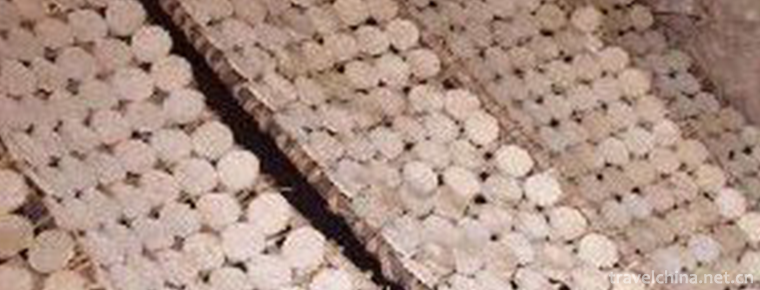
-
Hongtong Dahuaishu Ancestor Memorial Garden
Located in Hongdong County, Shanxi Province, Hongdong Dahuashu ancestor-seeking scenic spot is the only national sacrificial site with the theme of "root-seeking" and "ancestor-sacrific.
Views: 213 Time 2018-11-24 -
Three Parallel Rivers of Yunnan Protected Areas
The three rivers running side by side are Jinsha River, Lancang River and Nujiang River, three rivers originating from the Qinghai-Tibet Plateau, running 170 kilometers from north to south in Yunnan P.
Views: 76 Time 2018-12-19 -
Shangqiu Ancient Culture Tourist Area
Shangqiu Ancient Culture Tourist Area is located in Suiyang District of Shangqiu City. Based on Shangqiu Ancient City, the area of 12.6 square kilometers is covered by Guidefu City.
Views: 107 Time 2019-02-08 -
White vinegar egg
Cuisine and efficacy: Heart-regulating diet, insomnia diet, palpitation diet, brain-tonifying diet.
Views: 349 Time 2019-03-24 -
Hanchuan good books
Hanchuan Shanshu is a kind of traditional folk music which combines rap and singing in Hubei Province. Since the Qianlong period of the Qing Dynasty, it has a history of 260 years. .
Views: 127 Time 2019-05-02 -
Jinshi seal carving
Epigraphic seal carving is an ancient Chinese traditional arts and crafts, which belongs to an important part of Chinese stone culture. As the birthplace of inscription, Xiling Seal Press has been lis.
Views: 298 Time 2019-05-07 -
Jinghe Opera
Jinghe Opera, a local traditional drama in Lixian County, Hunan Province, is one of the national intangible cultural heritage..
Views: 187 Time 2019-05-08 -
Xibo embroidery
Xibo embroidery has a long history and rich connotation. Xibo women are skillful and skillful in capturing the beautiful scenery in life. During more than 200 years of living in the western part of th.
Views: 378 Time 2019-07-01 -
acrobatics on a high flag pole
The banner is a kind of flag with different sizes. Zhongbian is a kind of flag with gorgeous decoration, honor features and competition strength. Zhongbian originated from the flagpole of the Royal Gu.
Views: 248 Time 2019-08-03 -
Paoma mountain Paoma Hill
Paoma mountain is located in the south of Kangding City, Ganzi Tibetan Autonomous Prefecture, Sichuan Province. It is the extension of Gongga mountain to the north. It is the core area of the "two-hour tourism economic circle around Gongga" and a national .
Views: 109 Time 2020-12-06 -
Danba pig leg
Xiang Pigs are mainly green fodder. They never feed artificial feed. They graze with cattle and sheep all year round. They have long mouth and small ears, narrow head, straight forehead, narrow body and protruding back, strong limbs and fast running..
Views: 235 Time 2020-12-06 -
Suining science and technology
In 2019, Suining achieved a high-tech industry revenue of 50.2 billion yuan, an increase of 22.4%, and social R & D investment reached 860 million yuan, a year-on-year increase of 37.3%, and the investment intensity reached 0.7%. In the whole year,.
Views: 327 Time 2020-12-16
